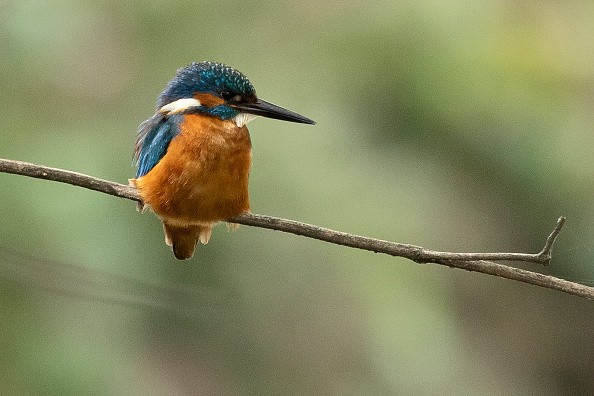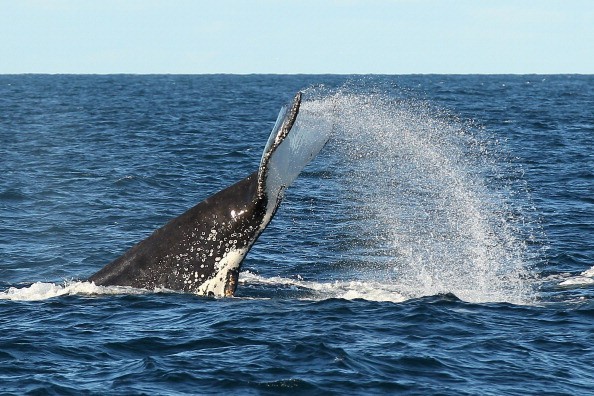Companies in search of breakthrough products tend to disregard the greatest invention machine in the world: life's over three-billion-year evolution history by natural selection. By observing dogs, birds, sharks, and other creatures of the wild, scientists and engineers have developed many new products whose inspiration came from these animals and their physical characteristics.

Shinkansen Bullet Train
An engineer at the Japanese rail company JR-West, Eiji Nakatsu, got inspiration from the kingfisher, which produces barely a ripple when it dashes into the water searching for a meal. The redesigned nose of the train, a 50-foot-long steel kingfisher beak, decreased the use of power and allowed faster speeds.
Experimental Fish Car
Mercedes-Benz instead got inspiration from the body of a car (less its wheels) in the boxfish, a tropical species that is sort of shaped like a two-door compact. The body of the fish emerges to be aerodynamically superb, and the resulting concept car possesses one of the most efficient forms for a car of its size.
A Very Fishy Wind Farm
Wind turbines occupy a lot of lands, their blades sweeping circles more than the diameter of a football field. John Dabiri of Caltech constructed a wind farm where the site of turbines relative to one another takes advantage of the airflow within them. Their position was determined by the study of the wake vortices manufactured by schools of swimming fish.
Fin to the Wind
A Humpback whale has a row of warty ridges, known as tubercles, on its fins front edge. A biology professor in Pennsylvania, Frank Fish, found out that by adding rows of alike bumps to turbine blades he could decrease drag and noise, increase speed to the inconstant direction of the wind and increase the power controlled by 20%.
Firefly Lightbulbs
According to a study by experts from France, Belgium, and Canada, when insects of the genus Photuris light fires in their stomachs, their anatomy amplifies the radiance - sharp, jagged scales. The experts then constructed and laid alike structure on a light-emitting diode (LED), which boosted its brightness by 55%.
Candy-coated Vaccines
A process known as anhydrobiosis safeguards a tardigrade's proteins, DNA, and RNA. Laboratories have produced " a candy-coated vaccines," or "glassy film made of sugars." It makes the virus remain effective for about six months at temperatures up to 45 degrees celsius - aid in the vaccination of endangered populations in tropical countries.

Gecko Feet Adhesives
The source of the grip of a gecko is the hairs that are microscopic on the bottom of their toes. Experts evaluated that the bristled hair from just one gecko could carry about 113 kg. Experts have produced Geckskin - an adhesive so powerful that an index-card-size strip can hold up to 700 pounds. A type of gecko tape that could take the place of sutures and staples in hospitals.
Related Article : Why InventHelp Is a Great Resource for New Inventors
For more news, updates about modern inventions and similar topics don't forget to follow Nature World News!
© 2026 NatureWorldNews.com All rights reserved. Do not reproduce without permission.





